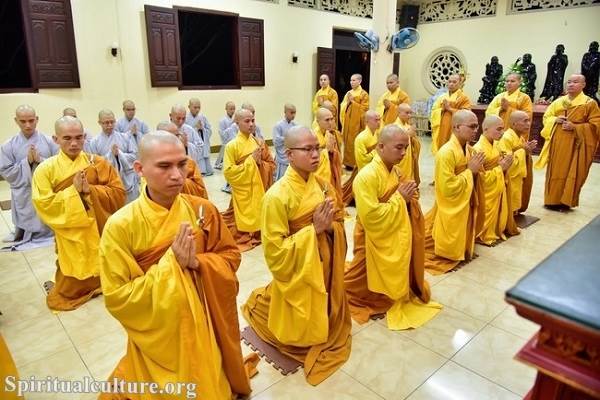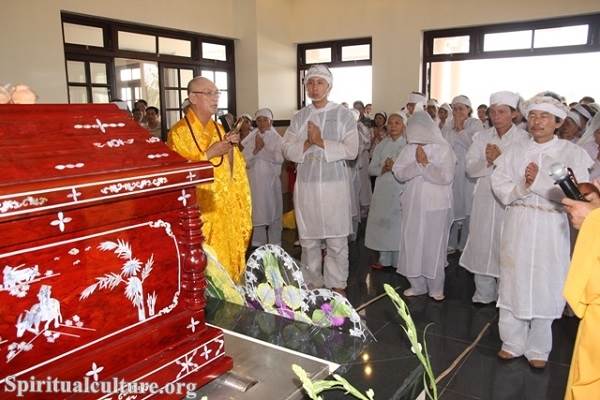However, some basic organizational structures are followed in many Buddhist communities.
At the most basic level, a Buddhist community is often organized around a temple, monastery, or another center of practice. These centers are typically led by a teacher or group of teachers responsible for guiding the community’s spiritual development.

In some cases, these teachers may be organized into a lineage, with a senior teacher at the head of the lineage and several junior teachers below them. This structure is often used in traditional monastic communities, where the senior teacher is known as the abbot or abbess.
In addition to monastic communities, there are also lay Buddhist communities, which consist of non-monastic practitioners. Lay communities may be organized around a temple or center of practice, or they may be more loosely organized and meet in private homes or other locations.
Overall, the structure of a Buddhist community tends to be relatively flat, emphasizing the individual’s spiritual development and the relationships between teachers and students rather than strict hierarchical relationships.

